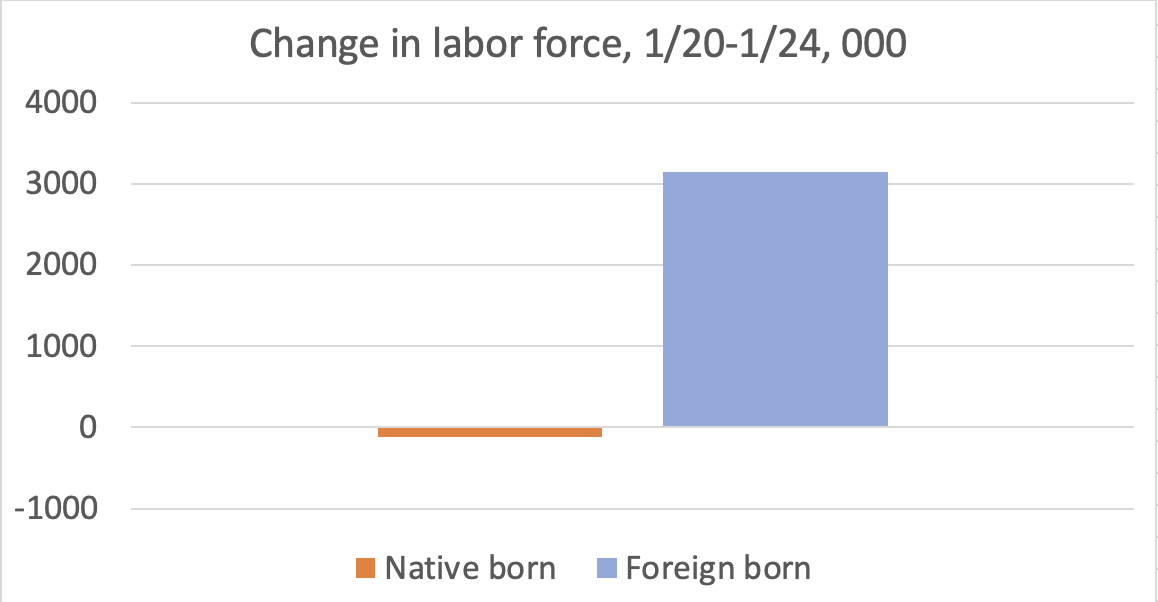Many people have probably heard about the Great Barrington Declaration, denouncing social distancing and calling for "herd immunity." It's popular with the White House, and it's the product of a Koch-linked think tank 1/ nytimes.com/2020/10/19/hea…
So I've been going through articles from the American Institute for Economic Research, and found one from five weeks ago lauding South Dakota as "a fortress of liberty and hope protected from the grasps of overbearing politicians." 2/
Here's the article: 3/ aier.org/article/south-… 

• • •
Missing some Tweet in this thread? You can try to
force a refresh














